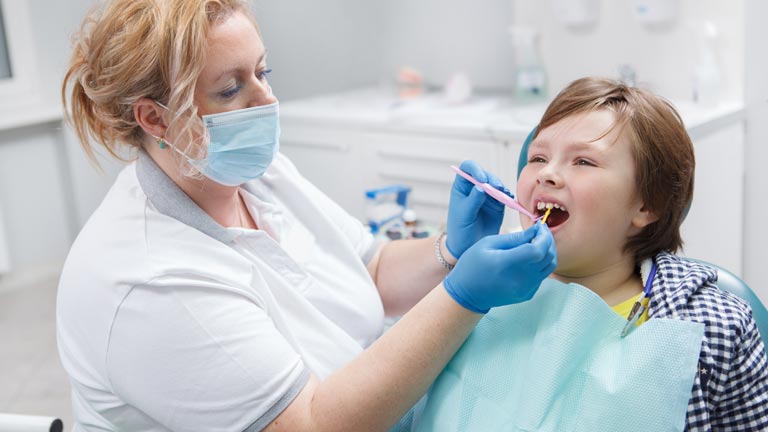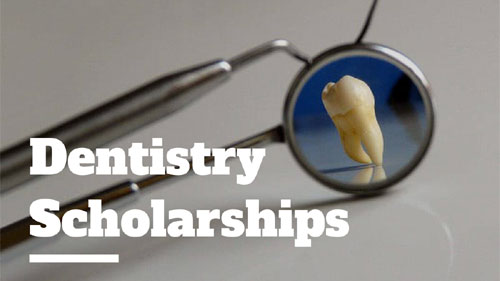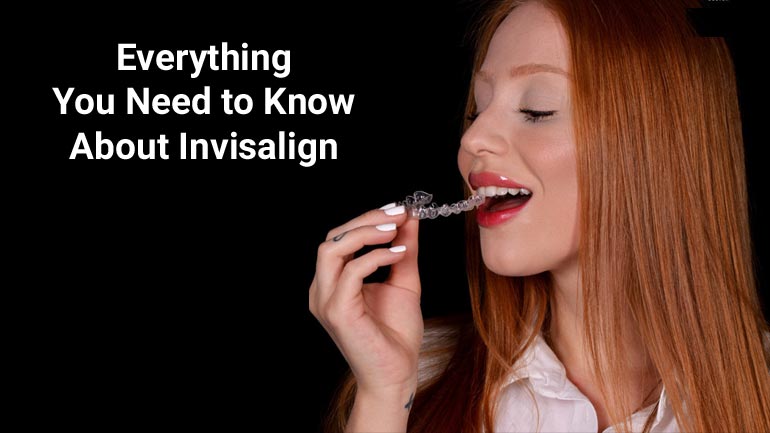 The spread of viral YouTube videos and social media is encouraging a dangerous trend of Do-It-Yourself (DIY). Apart from woodworking, crafts, and fashion, some people today opt for DIY orthodontic treatment. However, self-diagnosis and medication in dental, medical, and orthodontic treatment is not a good idea. Any DIY orthodontic treatment has dire consequences including permanent damage to your smile and immense pain. Taking the plunge to visit an orthodontist is the way to go.
The spread of viral YouTube videos and social media is encouraging a dangerous trend of Do-It-Yourself (DIY). Apart from woodworking, crafts, and fashion, some people today opt for DIY orthodontic treatment. However, self-diagnosis and medication in dental, medical, and orthodontic treatment is not a good idea. Any DIY orthodontic treatment has dire consequences including permanent damage to your smile and immense pain. Taking the plunge to visit an orthodontist is the way to go.
Why professional orthodontic treatment rocks
Ineffective materials for DIY braces
One of the most common DIY orthodontic treatments is braces. Without insurance, professional braces cost a significant sum. Braces seem simple but require brackets and wires. A consistent application is recommended with gentle pressure for teeth to move in place. You have to understand that braces are not as simple as seen in the DIY videos. These usually have teenagers and young adults using materials including rubber bands, chicken wire, and earring backs to straighten their teeth.
Using materials not designed for use on teeth encourages them to degrade and breakdown when exposed to consistent acid in the mouth. This might make rubber and metal pieces lodge below the gum line encouraging bacteria to attack mouth soft tissue. You are likely to end up with damaged teeth, a more misaligned smile, dental infection, and permanent gum damage. The trapped metals in the mouth might require oral surgery to remove them.
Use of dangerous online kits
It pays to visit a professional orthodontist in Waterloo instead of relying on DIY kits purchased online. Examining and evaluating your oral health allows the correct diagnosis of your oral problem. This allows for recommending an appropriate solution.
Alternatively, the DIY kits bought online don’t match regulations or oversight from orthodontists. Using them exposes your teeth to extensive damage especially those requiring the use of chemicals or wrapping material around your teeth.
Braces do more than straightening
People who design DIY braces don’t understand all their purposes. Most assume that this traditional orthodontic treatment is for teeth straightening and nothing further. Braces from an orthodontist are for proper jaw alignment, straightening teeth, and reducing pressure on teeth, jawbones, and gums. Teeth straightening by braces involve the movement of the tooth part connected to the jawbone until appropriate alignment into a comfortable position.
DIY braces focus on closing gaps between teeth only. Some teenagers dangerously use rubber bands for pulling teeth together. This moves teeth towards one another but weakens their jawbone position. Other problems likely to come from this practice include:
- Cracked jawbone
- Tooth fracture
- Permanent tooth loss
- Root damage
- Cut and damaged gums
Use of dangerous gap bands
These are cheap hair elastics acquired from a drugstore or pharmacy. Many young people wrap gab bands around their teeth or at night. The procedure causes significant pain but people endure only to realize it was a hoax. Gap bands don’t give similar results like the orthodontic equivalents wrapped around teeth for removal where necessary.
The elastic bands kill root and gums leading to teeth loss resulting from constant pressure and force. Gap bands are highly deceptive and seem harmless when used to wrap teeth. Unfortunately, the bands apply pressure that pulls the teeth root from the gums leading to serious oral issues.
Exposure to enamel damaging material
Professional orthodontics now offer advanced braces improved from the traditional metal versions. Today, braces are from softer materials that glue to the teeth. These have a glue for bonding the material in place while protecting enamel from damage and scraping. However, DIY braces usually lack bonding agent softened to work on teeth. Traditional braces usually have wires that scrape along the tooth surface leading to enamel wear out. Over time, the chances of infection and tooth decay increase leading to cracking, chipping, and fracturing.
Using chicken wire and paperclip metal as braces are dangerous. These might contain toxic chemicals and additives that leach over time on exposure to saliva. This encourages enamel discoloration with subsequent sickness. Using rubber bands on teeth also has a similar effect. These don’t absorb moisture and usually rub against enamel. Their pressure slowly wears out usually at the surface leading to the same negative effects as metal.
Some of the benefits of getting orthodontic treatment include:
- Improves food chewing ability
- Alleviates speech impairment
- Reduces teeth grinding and chipping
- Lessens the risk of injury caused by protruding teeth
- Makes brushing, cleaning, and flossing teeth easier
- Reduces chances of cavities and periodontal disease
Conclusion
Understanding how professional braces work exposes the dangers of opting for DIY options. Traditional braces safely realign the tooth root and the jaw. Using quick methods to improve your smile is suicide. Always trust an orthodontist near you for safer orthodontic treatment without pain. A reputable orthodontist diagnoses and undertakes an examination before recommending an appropriate orthodontic procedure to fix the problem.




